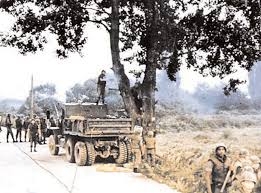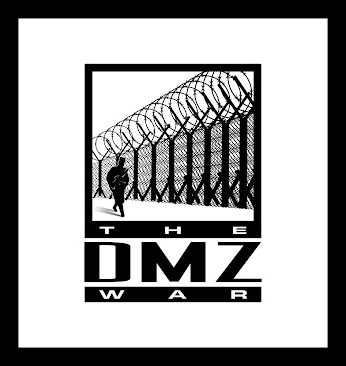This Year in the DMZ War

Important incidents in the DMZ or affecting it. Send us your stories to add (below). Summaries from the Congressional Research Service. Additional research from the DMZ War.
1976:
08/1976: Secretary of State Henry Kissinger regrets limited U.S. response to “Axe Incident” murder of 2 American officers by North Korea.
(Aug. 2015) The challenge of calibrating the proper response to North Korean attacks has bedevilled U.S. and South Korean policy makers since the beginning of the DMZ War in 1953. After the North downed a U.S. Navy surveillance plane in 1969, killing 31 Americans, the weak U.S. reply convinced President Nixon the communists had seen the American response as “mush.” See details here.
Seven years later North Korea killed two American officers (1LT Mark Barrett and Capt. Arthur Bonifas, see picture below) and wounded eight US and ROK troops during the infamous “Axe Incident.” North Koreans attacked the men as they tried to trim a tree in the DMZ’s Joint Security Area. Washington’s response to this apparently premeditated attack was the cut down the tree days later in “Operational Paul Bunyan.”
That response was insufficient, according to Secretary of State Henry Kissinger and National Security Advisor Brent Scowcroft, whose telephone discussion of the situation at the time was recently forced out of U.S. records by the National Security Archive (see below).
Kissinger starts the conversation with bitter humor, stating “We are shipping home those guys (Bonifas and Barrett) in a coffin made out of that tree,” wondering how many coffins for murdered Americans it would take to “deforest” North Korea and change its climate.
Kissinger, who was a key player in determining the anemic U.S. response to the 1969 shoot-down, muses that “I am sorry we didn’t decide to hit the (North Korean) barracks” in association with “Paul Bunyan,” which included a massive show of force by the U.S. and its ROK allies.
He concludes the U.S. action of simply cutting down a tree to response to the murder of two American servicemen “looks ridiculous” to other nations.
He and Scowcroft discuss suggesting to President Ford that he destroy those North Korean barracks. No such action ever occurred.
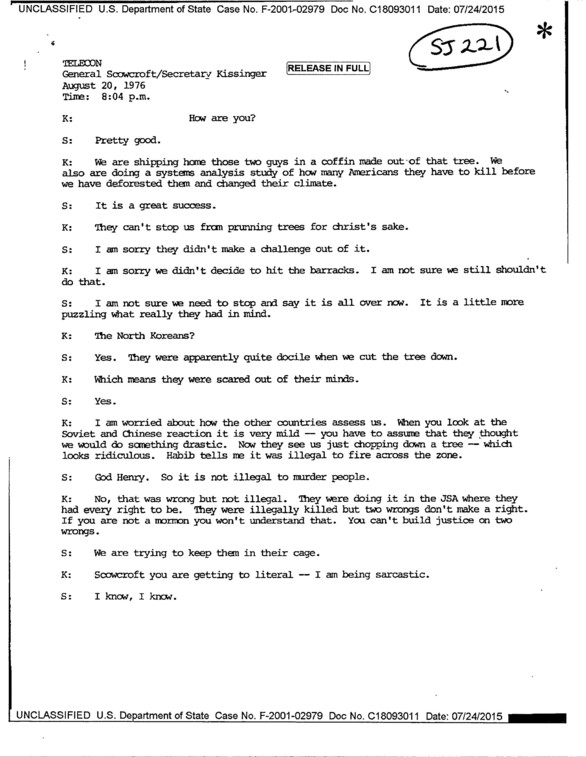
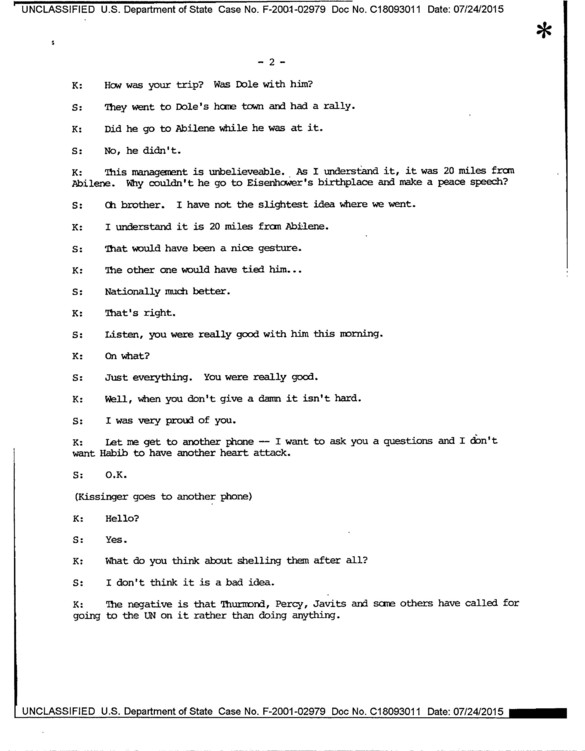
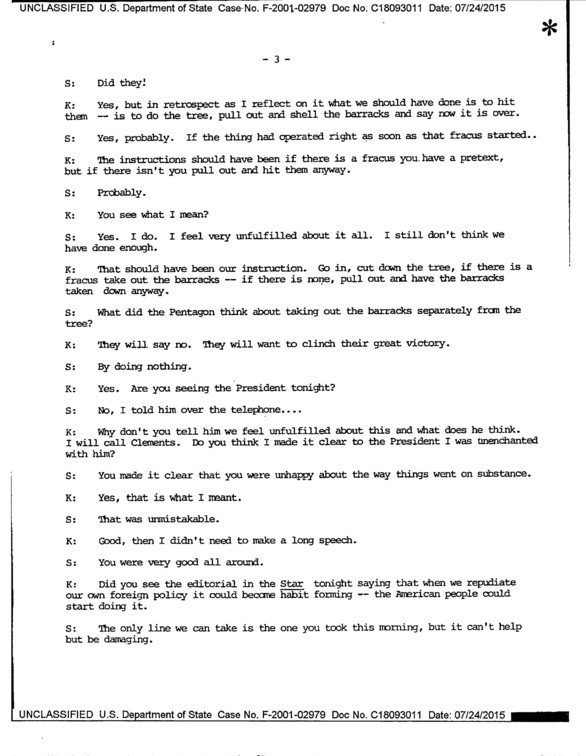
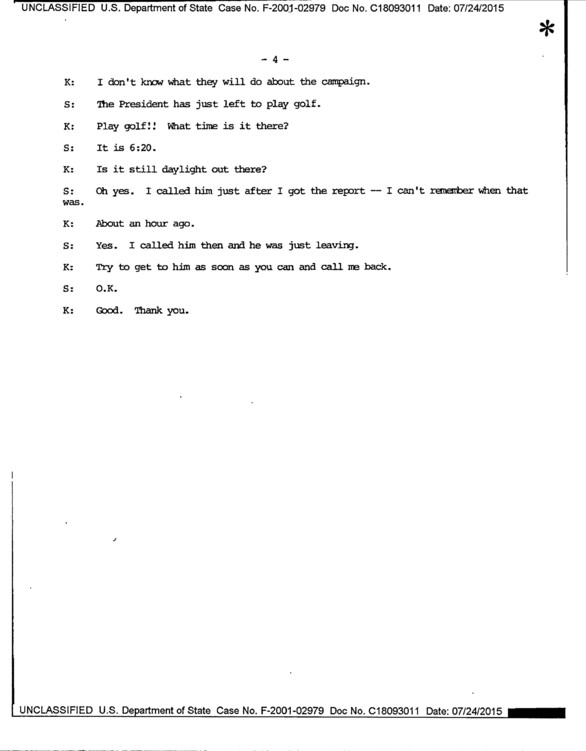
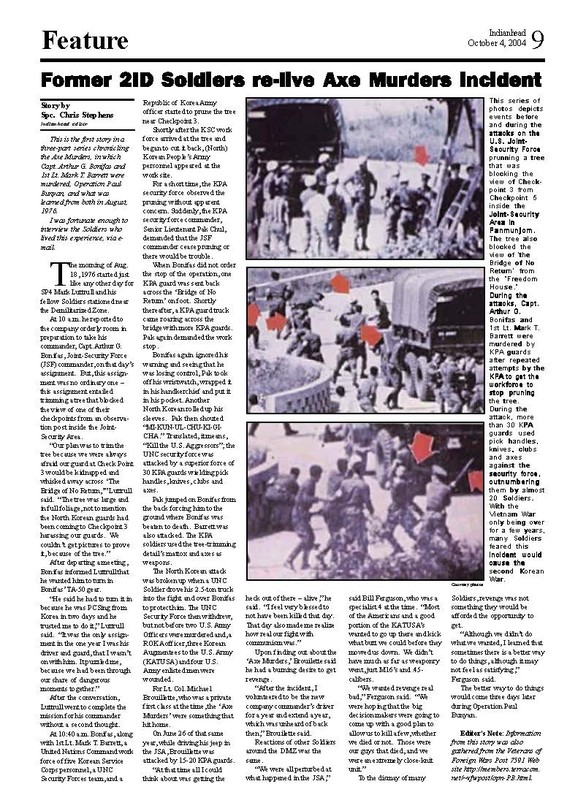
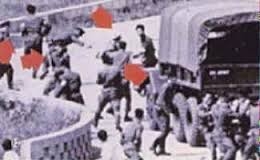
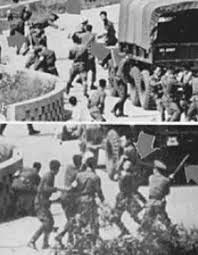
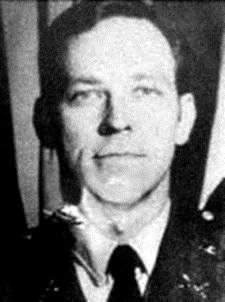
Capt. Arthur Bonifas (He Was Reportedly 2 Days Away from “PCSing” Back to America the Day He Was Killed)

Caskets Bearing Bonifas & Barrett
